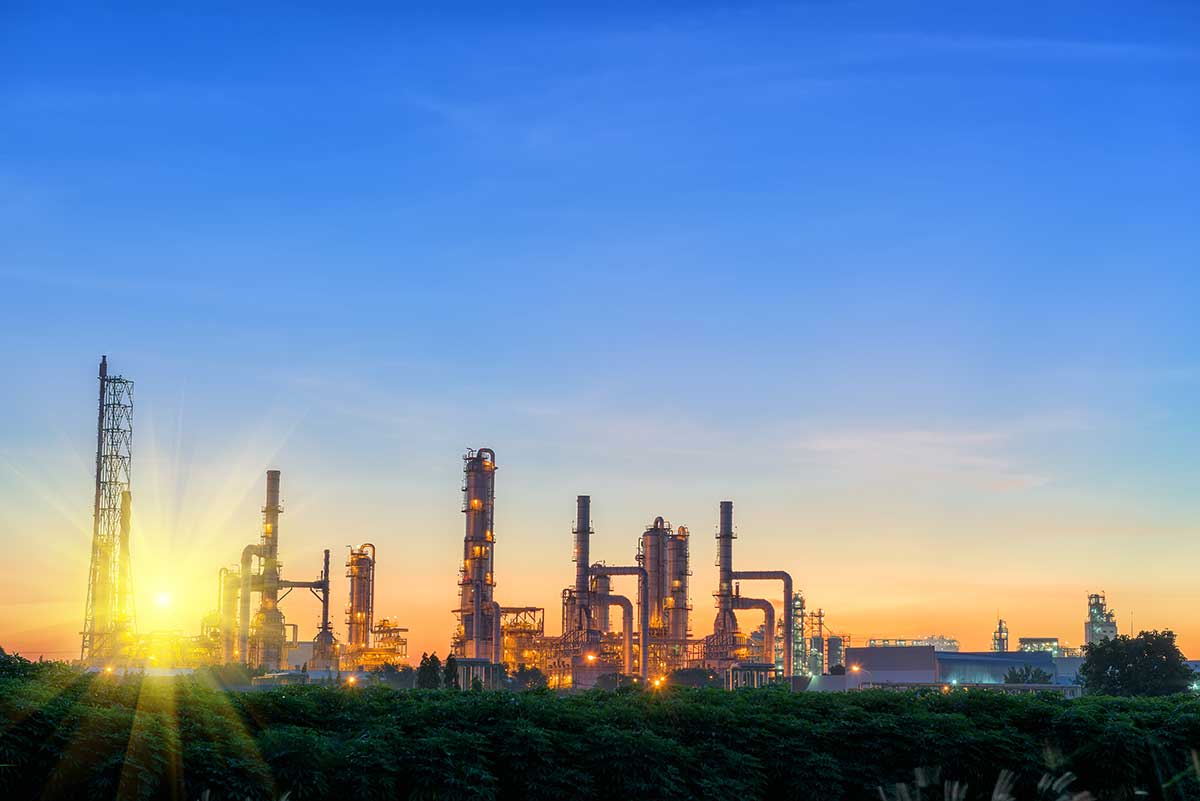Air Filters for Manufacturing Processes

Large particles produced from machinery, fine particles consistent with any process that involves high activity in process or with people and gaseous contaminants are all problems that may be addressed with air filtration in manufacturing facilities. Air filtration actually had it start in industrial facilities to protect the HVAC system and increase the yield in processes thereby increasing profit dollars. There are many industries employing many different types of manufacturing processes. Some of the common applications where air filters are considered a necessity include:
- Automotive assembly plants and supporting facilities require air filters with efficiency as low as MERV 5 for the removal of particles over 10 micron in size from metal processing to HEPA filters that protect the paint finish we deem important on the final product. These manufacturers are also concerned about the health of their employees typically applying MERV 13 air filters where high human involvement is part of the process. In some plants, the airborne oils that may be part of the process are reclaimed through filtration and reused for the ultimate in economy and sustainability.
- Food and beverage production plants such as dairy, beer or meat processing. Mushroom or yogurt production facilities actually have very selective stages of air filtration to protect and enhance the flavor of what is supplied to the consumer. Those little half-and-half mini-cups used for coffee are actually produced in a sterile environment allowing the contents to last months instead of days.
- Chemical production facilities require air filtration to protect the employees. Many employ carbon adsorbers, or catalytic or oxidizing agents as part of their process or in their HVAC systems.
- Construction materials or fabrication facilities produce inordinate amounts of dust that may be considered hazardous to the employees or must be captured before exhaust. Typically applying air filters with MERVs of 4 to 8, they also apply dust collection equipment to eliminate the contaminant at the source.
